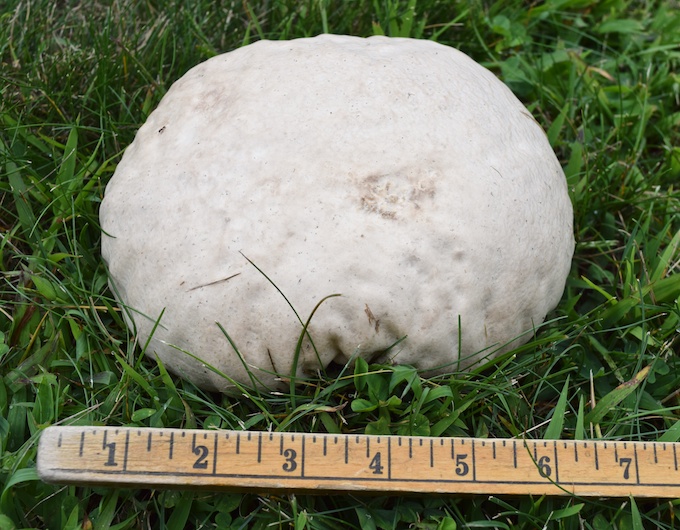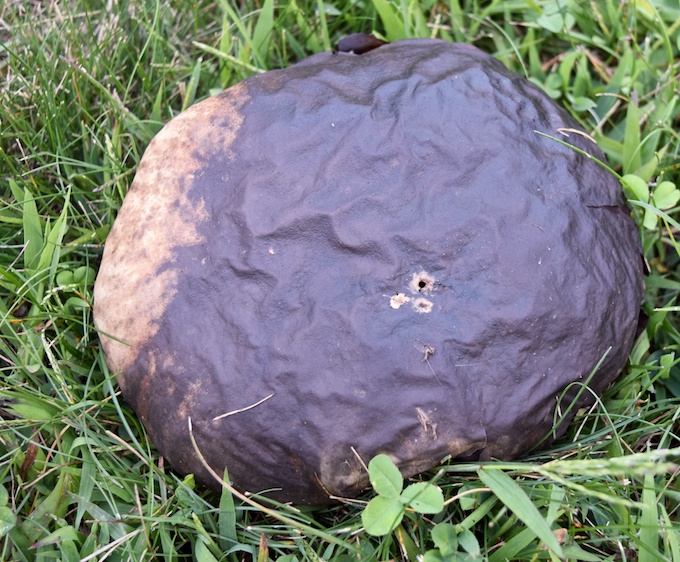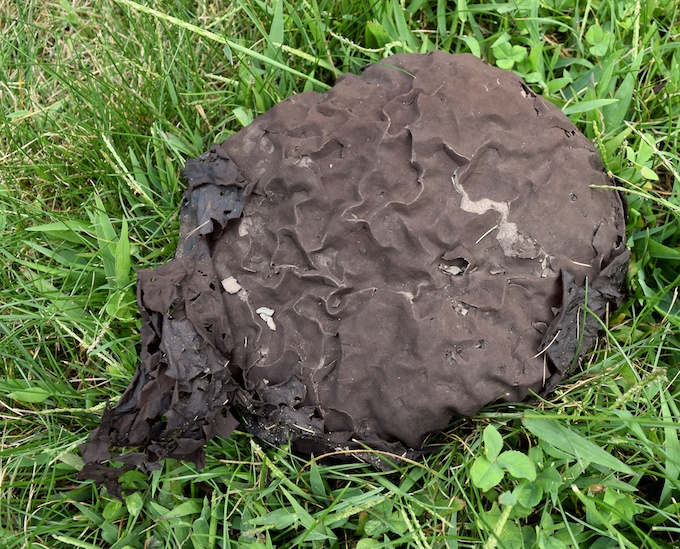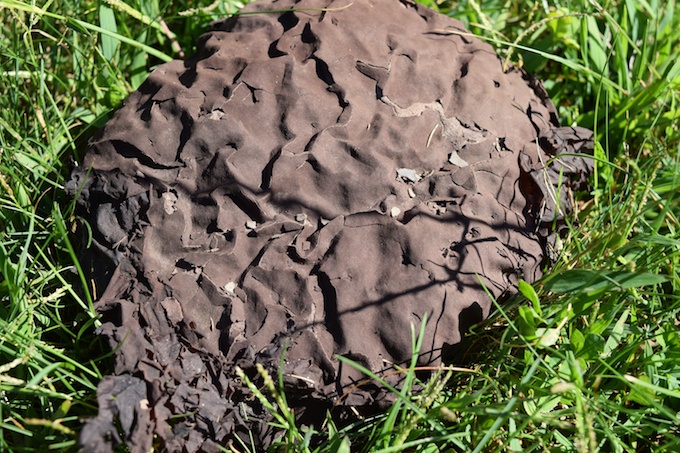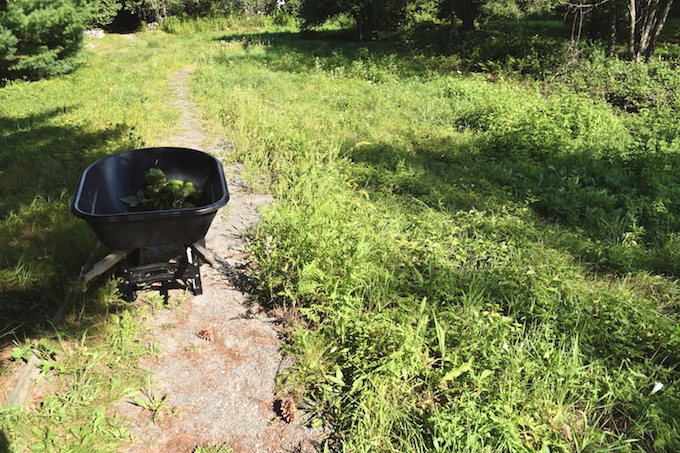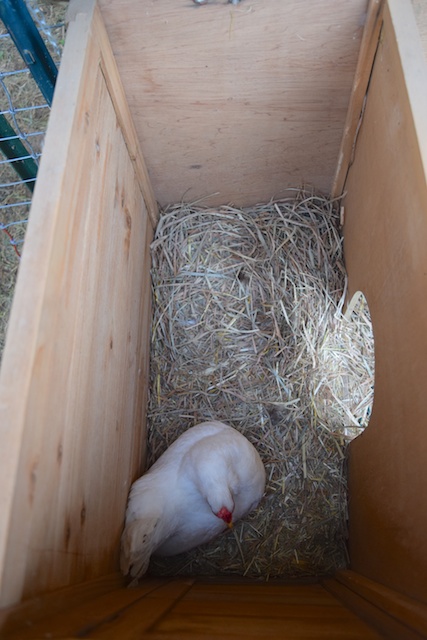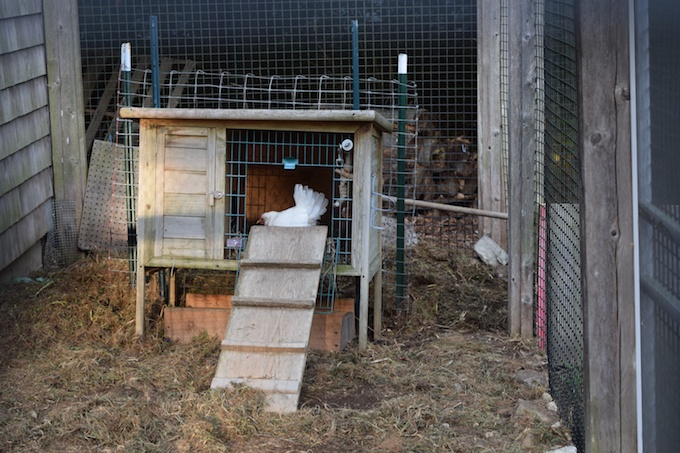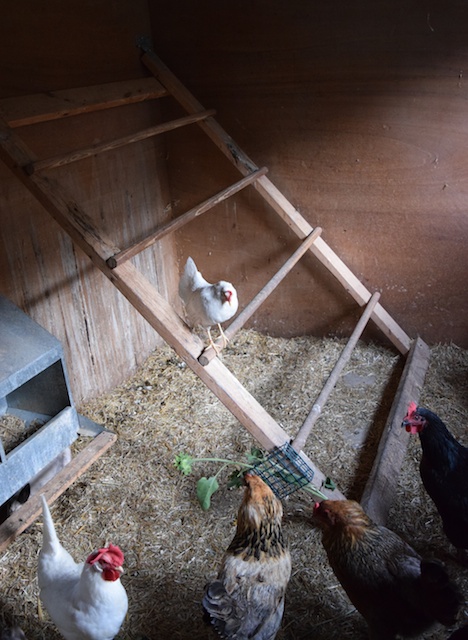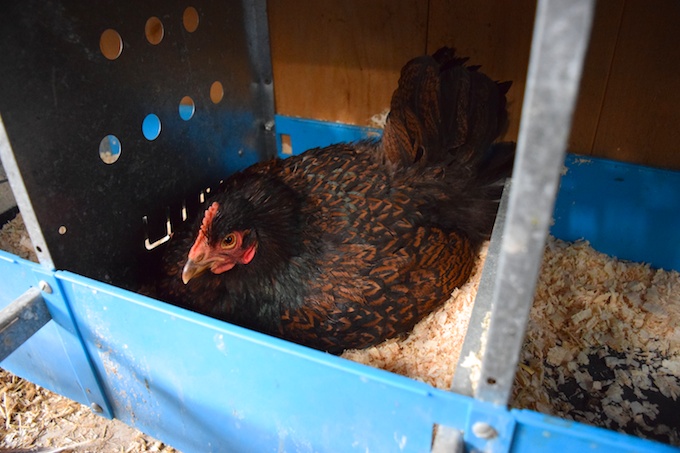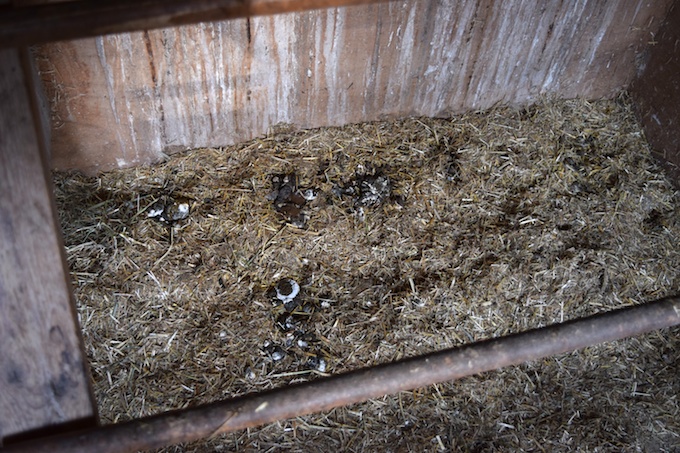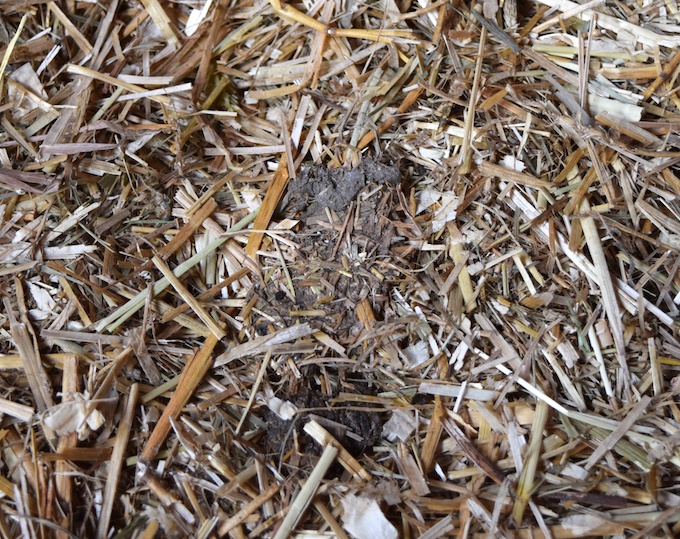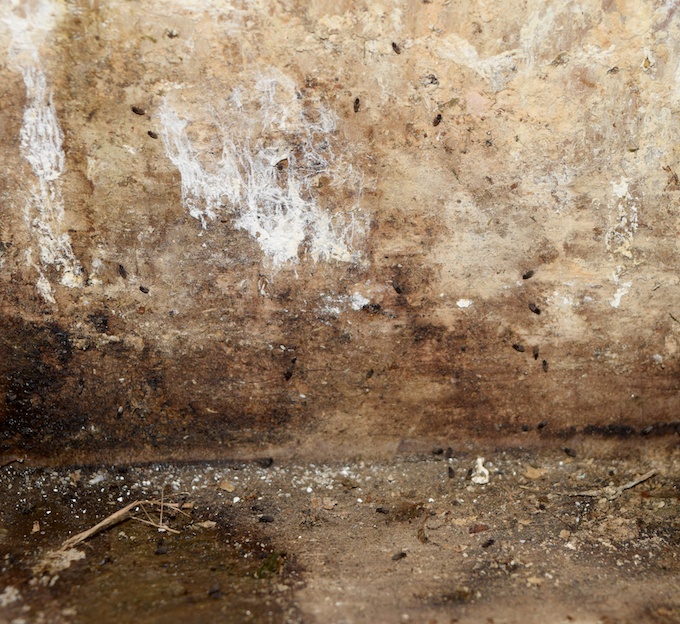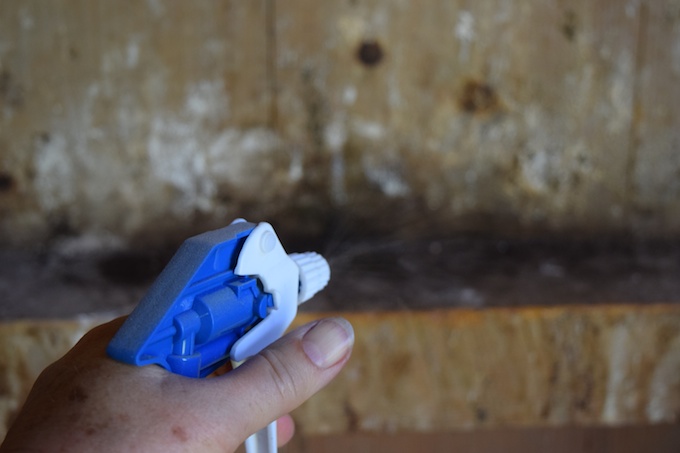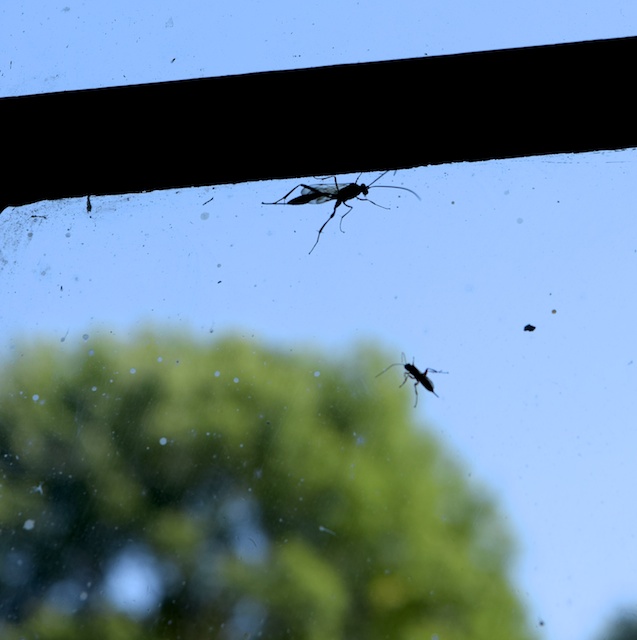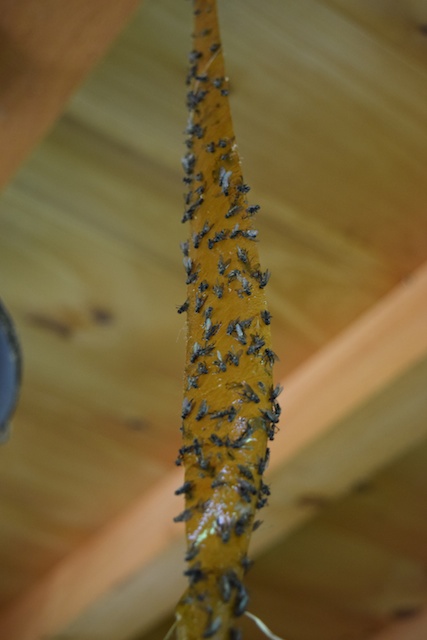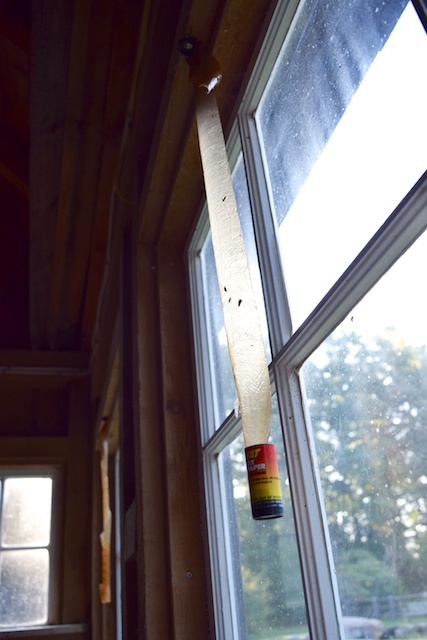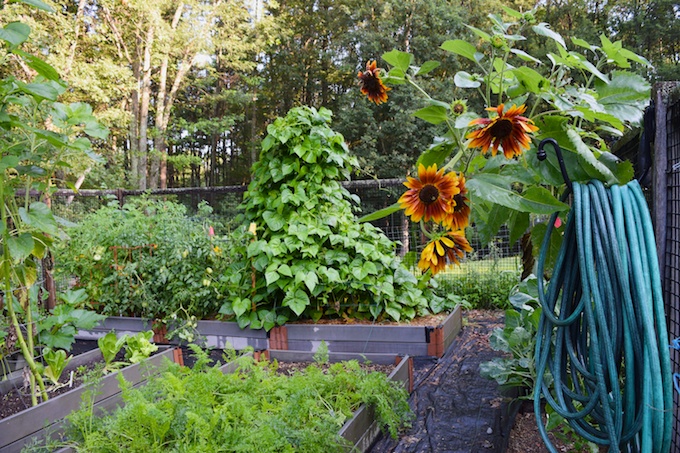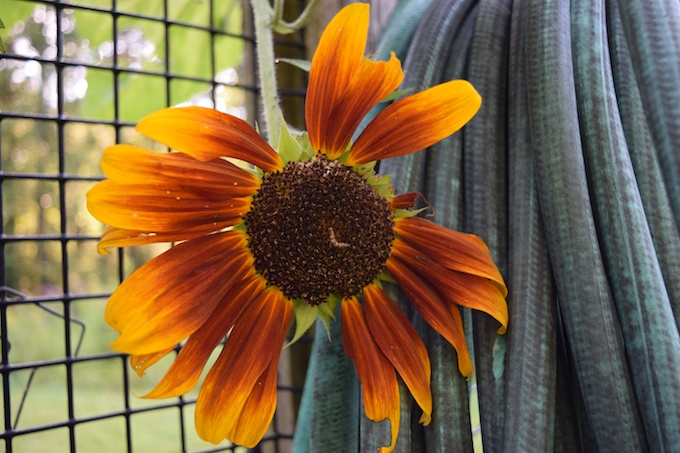About two weeks ago, something white sprung up in my lawn.
It wasn’t large. Yet. But I knew what to expect. I got out the ruler.
August 20.
August 22.
This is a puff ball mushroom. It’s edible, but it won’t be appearing on my plate. Eleven years ago I went to a special dinner put on by a mycological society. Eight courses, each prepared with a different, professionally foraged wild mushroom. I was the only person out of the forty in attendance to have a reaction. I ended up in the hospital with severe pain and a migraine that didn’t go away for three days. Fortunately, I didn’t suffer any permanent damage.
So, the puff balls that appear on my lawn get to do what they do naturally. After getting humungous, they change color.
August 25.
I might not want to eat it, but someone did, and drilled a hole to get inside.
August 26.
August 28.
It was an exceptionally dry and hot week, so the skin on the puff ball crackled and flaked.
August 30.
Finally, it rained, and the puff ball let loose its spores and disintegrated back into the earth.
September 1.
Drama happens all around.
Note: Spaces remain in the Chicken Keeping Workshop and the Advanced Chicken Keeping Workshop on September 28. Sign up now!


